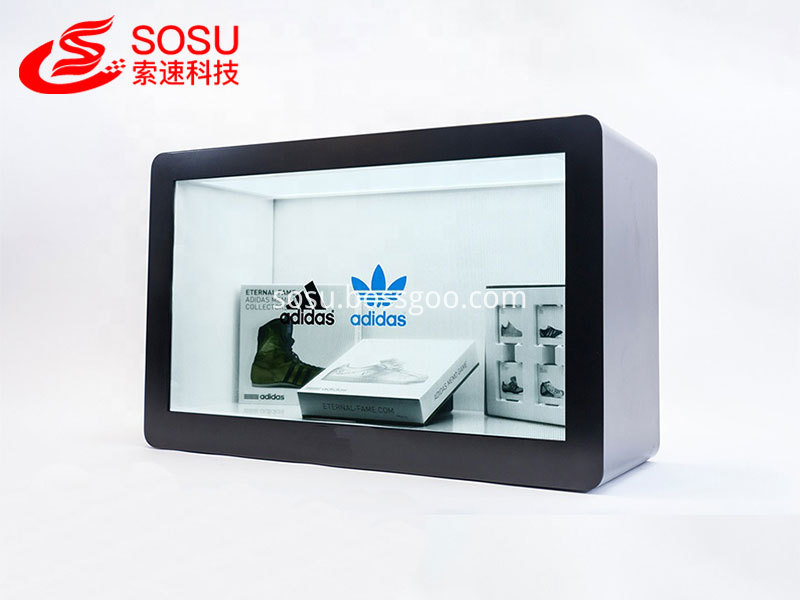People who love the environment submitted an interesting paper-"Flexible printing ink options: assessment of the harmlessness of ink components". The article compares the development prospects of solvent-based inks, water-based inks and UV-curable inks in terms of cost, energy, environment and health. Including 45 ink formulas.
The average indexes of solvent-based and water-based inks are very close, but the order of performance of the inks is as follows: 1. solvent-based; 2. ultraviolet curing; 3. water-based inks.
However, the cost is mainly determined by the printing speed. Research shows that at the same printing speed, water-based inks are the most economical, followed by soluble inks, and again UV-curable inks.
From an environmental perspective, water-based inks contain more unstable organic compounds than solvent-based inks. Water-based inks cost more than solvent-based inks to control the oxidation of unstable organic compounds. Compared with UV-curable inks and soluble inks, water-soluble inks exhibit the lowest energy consumption. All inks are harmful to unprotected workers. The conclusion of the assessment of the harmlessness of the ink components is as follows:
1. There is no system that can have a clear advantage in the harmlessness of ink.
2. Some water-based inks and UV-curable ink formulations have higher requirements on environmental, health and safety conditions. 3. Little is known about the toxicity of many ink components.
Obviously, digital printing is exactly what ink manufacturers think of. For ordinary ink manufacturers, digital printing is a threat. It can be expected that many of our ink manufacturers will invest in the digital age. Take Toyo Ink Company, which is famous for its high-tech operations, as an example. In 1979, Toyo Ink Company launched the first digital prepress system. It also supports the first flatbed scanner of Sai Angel in 1985 and the digital printing machine of Indigo in 1990. Now, Toyo Ink is involved in the research of electrocoagulation imaging.
Toyo Ink Company's US branch introduced the technology of electrocoagulation imaging. Since 1995, Toyo Ink Co., Ltd. and its American branch have jointly developed this technology and published and registered more than 32 patents in Europe, Japan, and North America.
Electrocoagulation imaging method is a digital printing system, which is based on electrocoagulation of electrolytically sensitized polymer water-soluble ink. This process involves applying very short current pulses to the conductive ink solution between the cathode array and the passive rotating anode. The ink adheres to the positive electrode and is transferred to white paper. By adjusting the current pulse time of each electrode, the volume of each condensation point is controlled to increase in small increments. In this way, the continuously adjusted image is written at a speed of 4 microseconds / point (200 feet / minute).
The new ELCO400 printing press has achieved a 400 dots per inch image resolution to double the printing speed to 400 feet per minute. With a resolution of 400 lines / inch, the printer's rated writing speed is 15 meters / second.
Transparent screen display cabinets, also known as transparent LCD screen display cabinets, are available in many large shopping malls or where high-end products need to be displayed.
Just put the products that need to be displayed in the display cabinet, and the transparent screen plays the related video-assisted product display without affecting the viewing of the product. Visually increase the enjoyment of the product, and stimulate the willingness of consumers to buy.

Transparent showcase,Touch screen lcd display,Digital showcase,Transparent digital signage
Guangzhou Sosu Electronic Technology Co., Ltd. , https://www.sosuchina.com